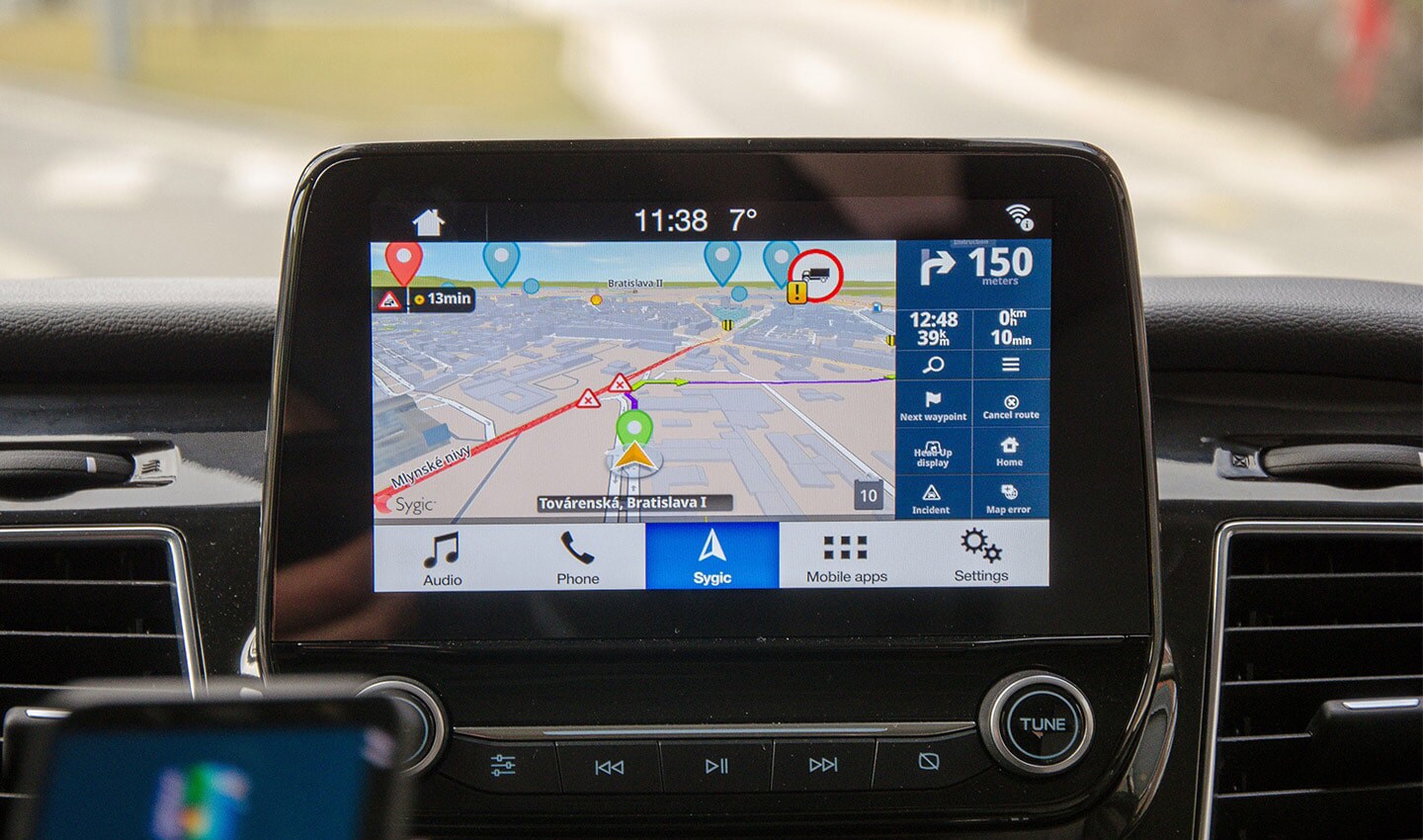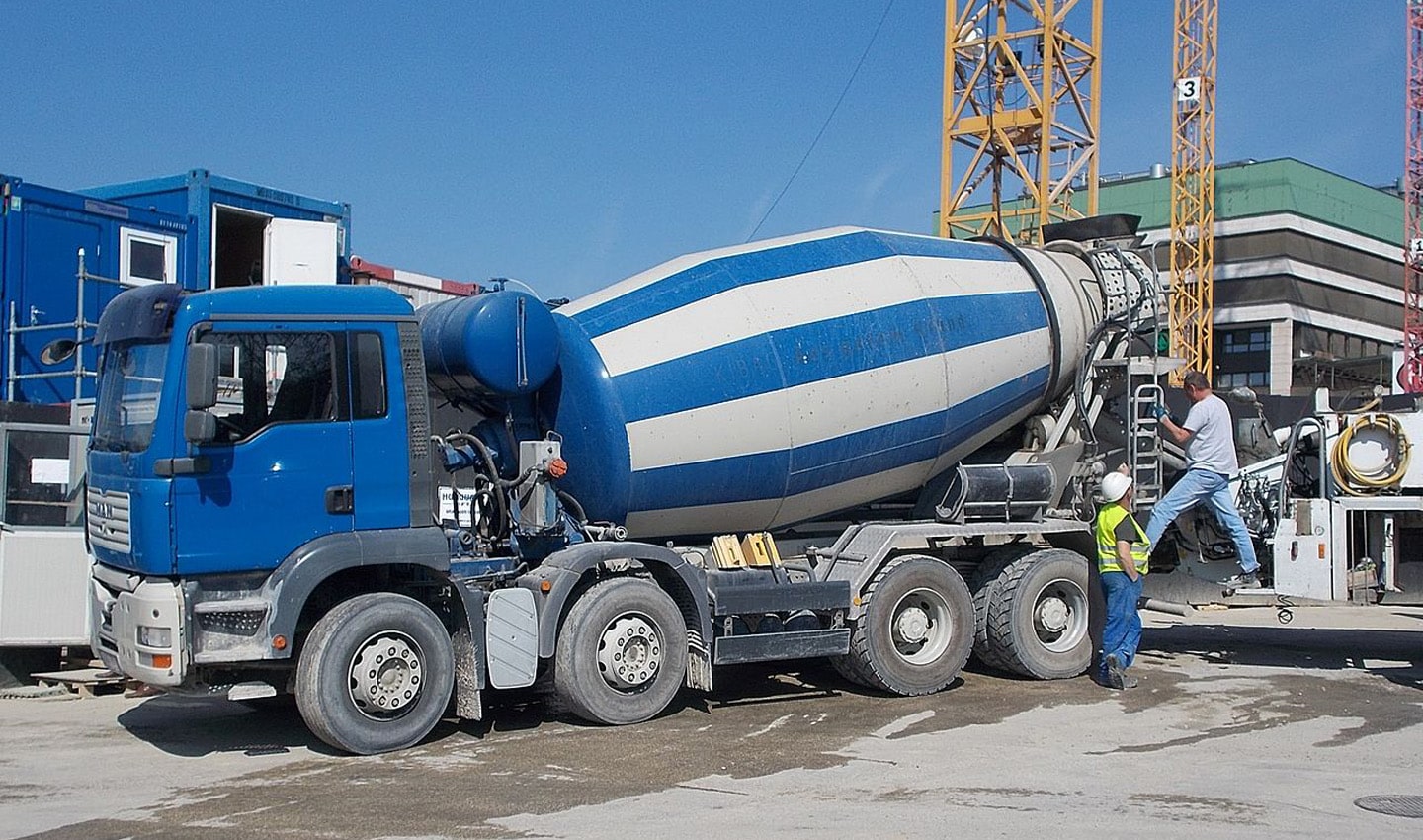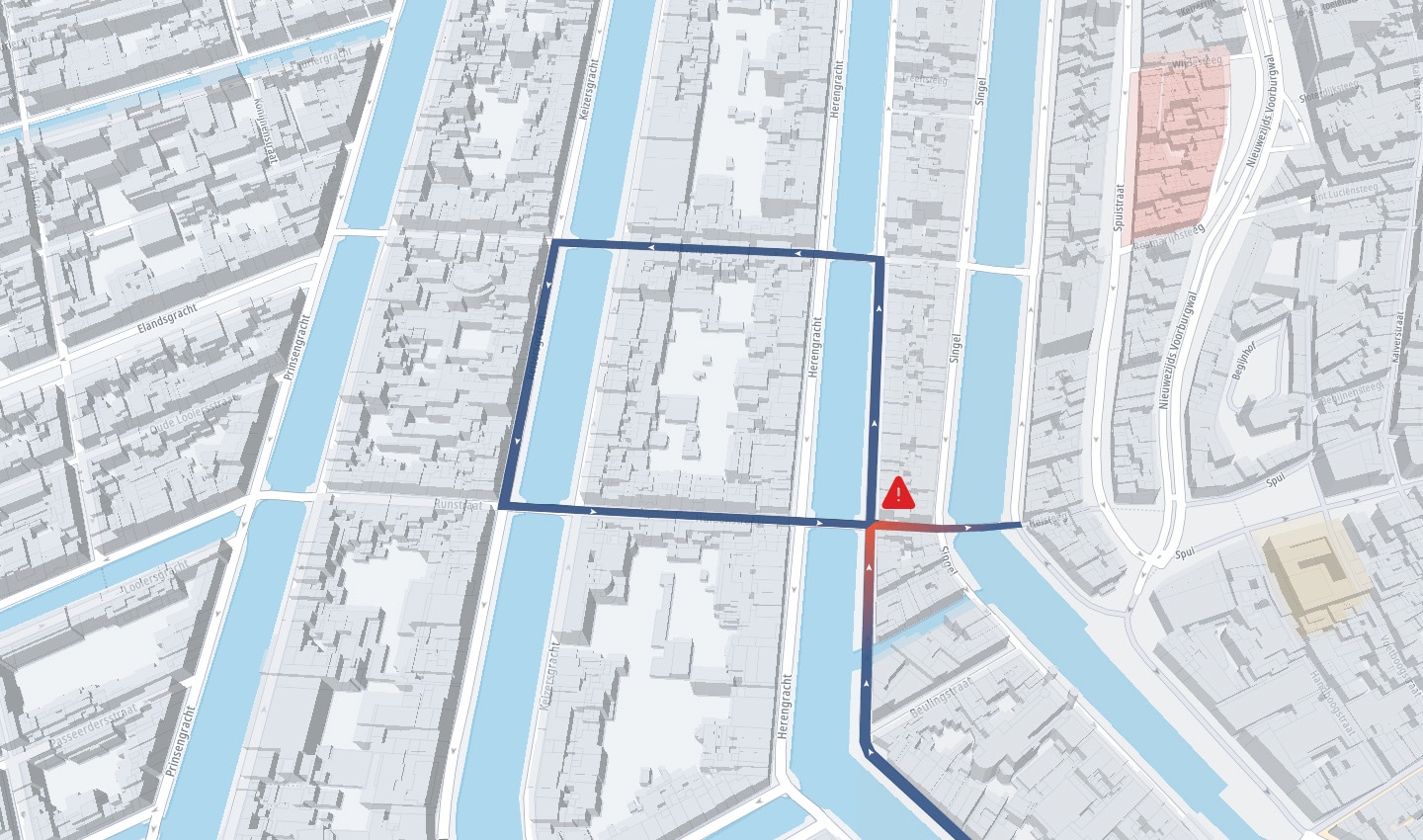
Fleet and logistics companies don’t just have to worry about getting goods from A to B on time. They also worry about them getting there in one piece. There’s not much that can go wrong when delivering your Amazon Prime order or Uber Eats. But when things get a bit more industrial, the risk goes through the roof. Location data, and dedicated routing, can help take the edge off, though.
What's a nuclear verdict?
One of the biggest worries logistics companies and fleet operators have, are legal rulings known as nuclear verdicts. A nuclear verdict is a jury ruling, in relation to a road traffic incident, which would see the logistics company fined $10 million or more. It’s any kind of verdict that could spell the end of the company.
As road safety becomes more of a focus for society, they’re becoming increasingly common. Worryingly so for logistics companies. Research has shown that the median verdict in this kind of legal case has grown from $19 million in 2010 to near $25 million in 2019.
“Definition by CaseGlide
Not only do logistics companies have to minimize the chance of these verdicts happening, but they must weather the knock-on financial impact even if an accident never happens. As nuclear verdicts become more common, insurance companies reflect this in insurance premiums. So, even before an accident happens and a verdict is cast, fleet operators face a financial burden.
These costs are often passed on and can have implications for society too. Food and goods get more expensive as running the fleets that deliver them to stores gets more expensive. Small fleet operators are often the most affected and can be put out of business if insurance premiums get too high, resulting in unemployment and supply chain disruption.
There’s no debating that if things go wrong on the road, those responsible should pay. But nuclear verdicts are unique. They get their name because they are exceptional awards that surpass what should be a reasonable or rational amount.
All that said, accidents do happen, and trucking companies are aware and are working to minimize them. Using highly detailed location and geospatial data as part of bespoke routing algorithms is one strategy.
How specialist routing helps minimize nuclear verdicts
Slovakia-based navigation company Sygic makes specialist routing and navigation tech, and it uses TomTom location data to do it. It was the first company to offer navigation for the iPhone. However, Sygic also makes apps for professional drivers. These are particularly popular in heavy-driving applications like trucking and fleet and logistics, where they’re used by more than 2 million truck drivers and 2,000 fleets globally.
The kinds of routing and navigation used in commercial applications are quite different from what we know in the consumer world. Professional drivers have a lot more to consider when moving a shipment, and anything that makes this easier is a Good Thing.
Things like vehicle-specific characteristics, speed limits, low bridges, narrow roads and shipment restrictions, all need to be considered when routing a commercial vehicle. You wouldn’t want a truck full of nuclear material going through the center of a town just because the highway is closed, would you?
If you want to know more about what Slovakia-based Sygic is and what it does, check out this article we wrote some time ago.
 Sygic's navigation solutions use TomTom's map and traffic data.Indeed, operating all kinds of vehicles, from 18-wheelers to box vans, is risky and expensive business. Ensuring things don’t go wrong whilst out on the road is paramount to fleet companies. This is where location data and mapping come in.
Sygic's navigation solutions use TomTom's map and traffic data.Indeed, operating all kinds of vehicles, from 18-wheelers to box vans, is risky and expensive business. Ensuring things don’t go wrong whilst out on the road is paramount to fleet companies. This is where location data and mapping come in.
Take cement mixers for example. They’re not exactly a “normal” vehicle. Typically, they’re filled with heavy cement, that needs to be kept moving so that it doesn’t spoil. But that continual spinning of the mixing drum can unbalance the vehicle when it makes sharp turns.
 Cement mixers are one of the more risky vehicles to drive.“If taking a sharp turn, [cement mixers] have a tendency to tip over,” Miroslav Remecky, Chief Commercial Officer at Sygic, says. This is more likely to happen with right-hand turns, due to the clockwise rotation of the cement mixer’s drum, he adds.
Cement mixers are one of the more risky vehicles to drive.“If taking a sharp turn, [cement mixers] have a tendency to tip over,” Miroslav Remecky, Chief Commercial Officer at Sygic, says. This is more likely to happen with right-hand turns, due to the clockwise rotation of the cement mixer’s drum, he adds.
The solution, then, is quite simple: never turn right. Simple, but not necessarily easy. Even so, that was the idea one of Sygic’s customers presented to the Slovakian company.
“One of our customers from a construction vertical actually came to us and asked if we could create a preferred left-hand turn, because their concrete mixers rotate in a clockwise direction,” Remecky adds.
Preferring left turns allows the cement mixers to counter the rotation of the drum and dramatically lowers the risk of them tipping over. It might mean they have to take longer routes to their destination, but in this case, the preference is that they get there in one piece, safely. Routing isn’t always about getting from A to B as fast as possible, sometimes the requirements are more nuanced than that.
“[With our routing] we try to avoid sharp turns, sharp right-hand turns and prefer left hands instead. [This is] to counter the momentum and make sure the trucks aren’t tipping over,” Remecky says.  To prevent a concrete mixer from tipping over during right-hand turns, Sygic used TomTom's geospatial data to integrate preferred left-hand turns into their routing suggestions. This required detailed knowledge and data about road curvatures, surfaces and gradients to know which turns need to be avoided.
To prevent a concrete mixer from tipping over during right-hand turns, Sygic used TomTom's geospatial data to integrate preferred left-hand turns into their routing suggestions. This required detailed knowledge and data about road curvatures, surfaces and gradients to know which turns need to be avoided.
Location data is the key
None of this would be possible without location data and high levels of detail about road surfaces, routes, speed profiles, road gradients and turn sharpness. Not all right turns need to be avoided, only the ones that are too sharp, too fast and generally too dangerous.
The cost to build a left-preferred routing algorithm is relatively small, thanks to all the required geospatial data being readily on hand from and maintained by TomTom. Sygic was able to take the request from its customer and develop a solution quickly.
The opportunity cost of employing this kind of specialist routing is massive — especially if it helps you avoid multimillion-dollar lawsuits. It’s a powerful, but largely hidden, technology. Next time you’re out walking, and you keep seeing the same cement mixer making left turns, you’ll know why.
It’s impossible to say how much money Sygic’s customer saves by using this kind of routing algorithm, but every month and year that goes by without a nuclear verdict can be considered a big win.
This article first appeared as part of a TomTom Editorial feature. Read the full-length article here.
People also read
)
How Location Data makes life easier for smart mobility and fleet management companies
)
How WowTruck maximizes efficiency of fleet tracking and delivery
)
How to optimize fleet routing and improve ETAs
)
Navigation SDK: Powering developers and drivers for fleet and logistics
* Required field. By submitting your contact details to TomTom, you agree that we can contact you about marketing offers, newsletters, or to invite you to webinars and events. We could further personalize the content that you receive via cookies. You can unsubscribe at any time by the link included in our emails. Review our privacy policy. You can also browse our newsletter archive here.
)